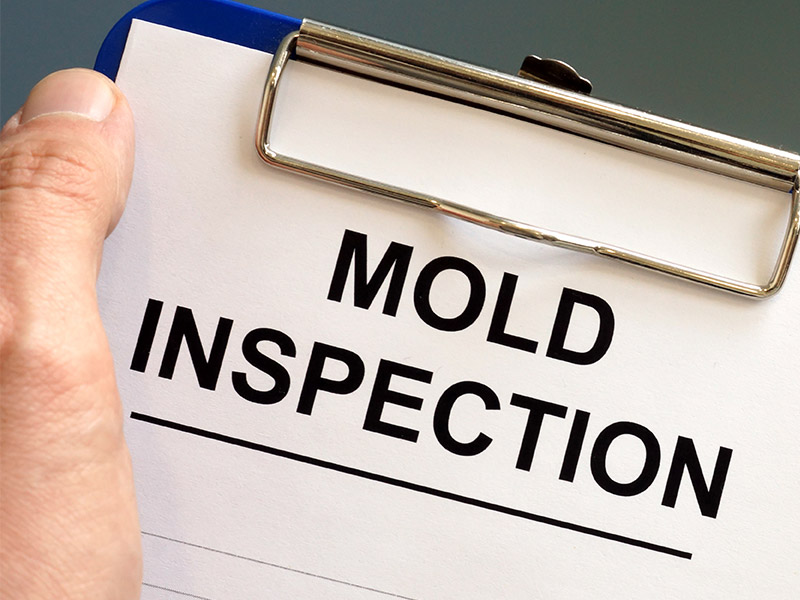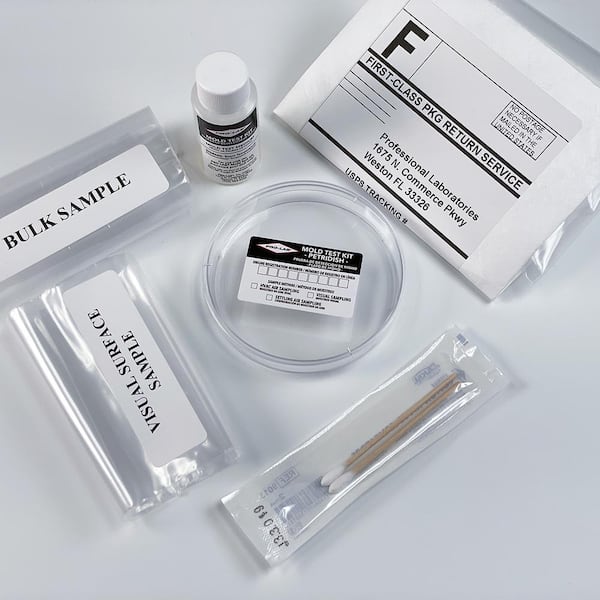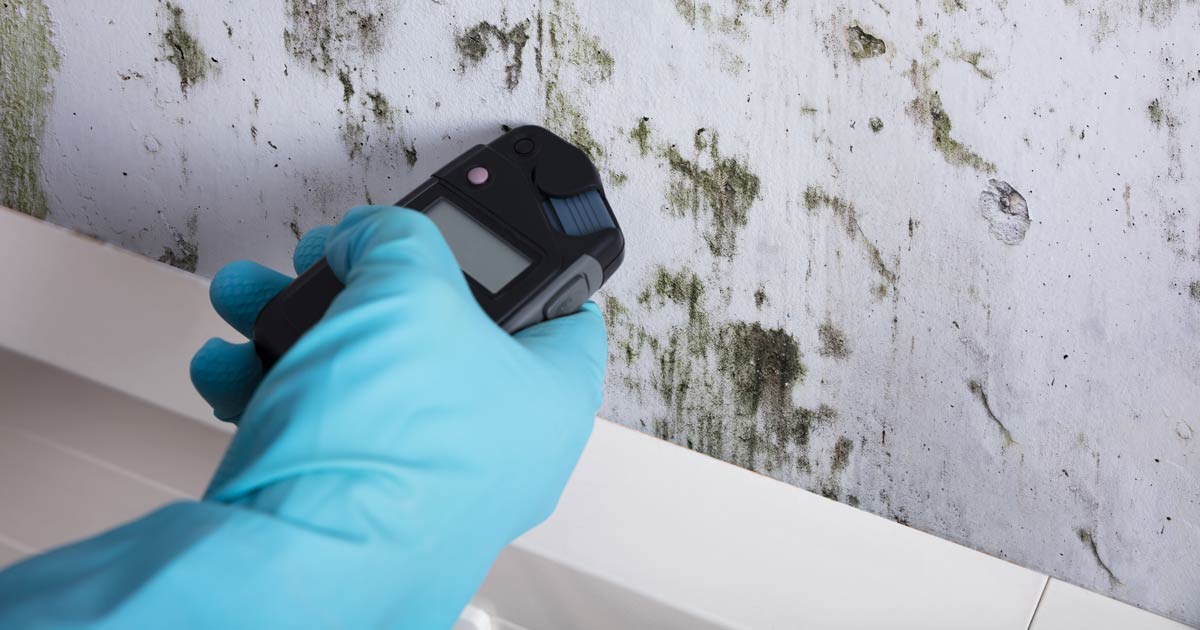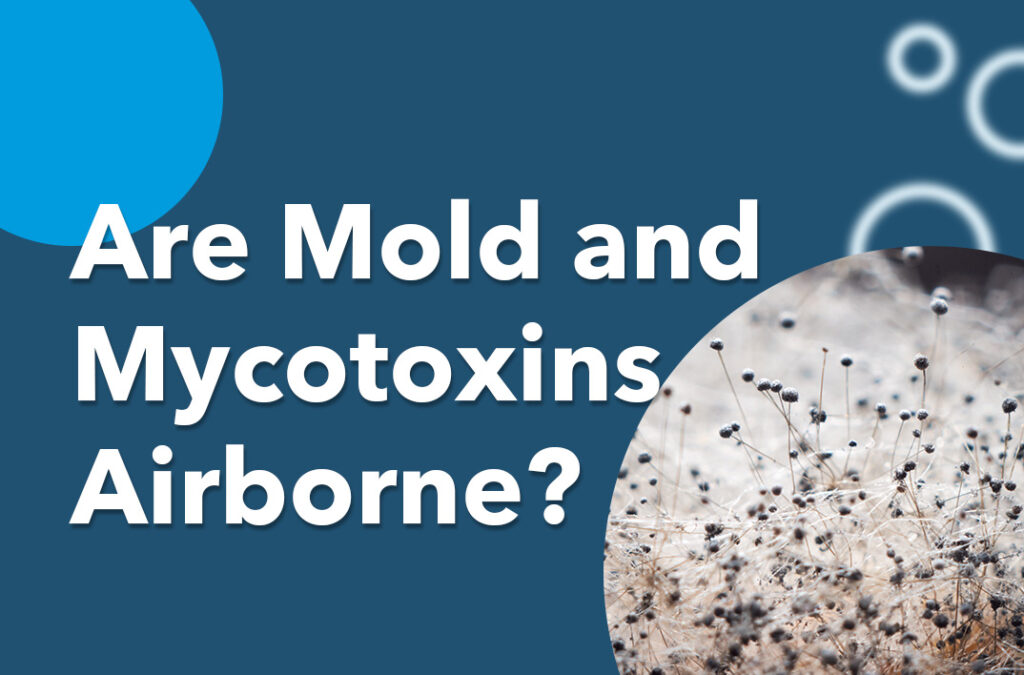How Mycotoxin Testing Assists Stop Contamination and Guard Food Products

Mycotoxin screening is a vital technique in the food industry, serving as a frontline protection versus contamination by hazardous toxic substances produced by molds. With the application of innovative strategies like High-Performance Liquid Chromatography (HPLC) and Liquid Chromatography-Mass Spectrometry (LC-MS), food producers can precisely measure and detect mycotoxin levels in agricultural products.
Comprehending Mycotoxins
Comprehending mycotoxins begins with acknowledging that they are harmful additional metabolites generated by specific molds, which can pollute agricultural products. These metabolites are not important for the growth or reproduction of the fungis however can have severe implications for human and animal wellness. Mycotoxins are generally located in staple plants such as corn, wheat, barley, and nuts, where they can proliferate under details problems of dampness and temperature.
There are a number of types of mycotoxins, each generated by various fungal types. Aflatoxins, produced by Aspergillus varieties, are amongst one of the most well-known, known for their cancer causing residential or commercial properties. Another substantial team includes ochratoxins, generated by Aspergillus and Penicillium types, which have nephrotoxic effects. Fusarium species generate trichothecenes and fumonisins, both of which are associated with different severe and persistent wellness concerns.

Threats of Mycotoxin Contamination
The risks of mycotoxin contamination are diverse, posing significant hazards to both food safety and public wellness. Mycotoxins, harmful substances produced by specific types of fungi, can infect a broad array of agricultural products including grains, nuts, seasonings, dried out fruits, and coffee.
Financial impacts are one more significant concern. Polluted crops can lead to significant financial losses for farmers and food producers as a result of reduced returns and the requirement for expensive purification measures. Moreover, international profession can be considerably impeded as nations enforce stringent mycotoxin guidelines to protect their populations, causing rejected shipments and strained trade relationships.
Environmental elements such as environment adjustment aggravate the threat of mycotoxin contamination. Variants in temperature and humidity can create favorable conditions for fungal growth, increasing the possibility of contamination events. Thus, understanding and reducing these dangers are important for making sure the safety and security and honesty of worldwide food materials.
Techniques of Mycotoxin Evaluating
Precisely recognizing mycotoxin contamination in farming products is vital for securing public health and wellness and maintaining food safety standards. Numerous techniques are utilized to spot and evaluate mycotoxins, each offering certain advantages and limitations.
High-Performance Fluid Chromatography (HPLC) is an extensively utilized method as a result of its high level of sensitivity and precision. It involves dividing mycotoxins from various other compounds in a sample, making it possible for precise quantification. Liquid Chromatography-Mass Spectrometry (LC-MS) combines fluid chromatography with mass spectrometry to offer detailed molecular info, making it particularly valuable for determining multiple mycotoxins concurrently.

Gas Chromatography-Mass Spectrometry (GC-MS) and Thin-Layer Chromatography (TENDER LOVING CARE) are also employed, each with special applications. GC-MS works for volatile mycotoxins, while TLC offers an easier, affordable alternative for preliminary screening.
Benefits of Normal Examining
Normal screening for mycotoxins in agricultural products offers numerous benefits, considerably adding to public health and food safety and security. By determining contamination early, routine testing aids stop the distribution of toxic foods, therefore minimizing the danger of mycotoxin-related diseases among customers. This positive approach not just safeguards human health yet likewise enhances the total high quality of food supplies.
Regular screening also supports regulative conformity. Different countries and regions have actually established stringent limits for mycotoxin levels in food and feed. Complying with these limitations via routine screening makes sure that providers and manufacturers satisfy lawful standards, therefore avoiding fines and trade barriers. Preserving conformity fosters consumer trust fund and brand credibility, which are essential for market success.
Furthermore, normal mycotoxin screening can lead to considerable economic benefits. Early discovery of contamination enables timely intervention, lowering possible losses from widespread contamination. Implementing normal screening protocols can also reduce recall costs and associated obligations, which can be economically ravaging.
Moreover, routine testing offers important data that can inform better farming methods her latest blog and storage space problems. By recognizing patterns of contamination, manufacturers can embrace precautionary procedures, consequently decreasing future threats and adding to the sustainability of the food supply chain.
Executing Testing Protocols
Applying reliable mycotoxin screening procedures is important for guaranteeing the security and quality of farming items. Establishing a durable screening framework entails numerous essential steps, beginning with the identification of potential contamination points within the manufacturing and supply chain. This includes pre-harvest, post-harvest, storage, and circulation phases. Each stage needs to be scrutinized to determine where mycotoxin contamination is probably to occur.
As soon as important control points are recognized, selecting ideal testing approaches is important. Usual techniques consist of enzyme-linked immunosorbent assay (ELISA), high-performance liquid chromatography (HPLC), and mass spectrometry (MS) Each technique has its strengths and weaknesses; hence, selecting the right one depends upon the particular mycotoxin being examined, the required level of sensitivity, and offered sources.

Lastly, incorporating the testing methods into a comprehensive food safety and security administration system is advisable. This improves traceability and enables quick corrective actions when contamination is identified, thus safeguarding the stability of the food supply chain.
Conclusion
Mycotoxin screening is essential in protecting against contamination and protecting food products by enabling very early discovery of damaging contaminants created by molds in farming items. Advanced methods such as HPLC and LC-MS make certain compliance with security laws and safeguard customers from wellness risks. Routine screening boosts brand track record, monetary stability, and rely on food safety and security by minimizing contamination-related losses and preserving high criteria in food manufacturing. Implementing extensive testing methods is hence crucial for the sector's total well-being.
Mycotoxin screening is a crucial technique in the food sector, offering as a frontline protection versus contamination by dangerous contaminants generated by mold and mildews. An integrated method involving agricultural techniques, storage space administration, and routine testing can mitigate the threats linked with mycotoxin contamination, making sure food safety and public health and wellness.
The risks of mycotoxin contamination are multifaceted, posing substantial dangers to both food security and public health.Normal screening for mycotoxins in agricultural products supplies many benefits, significantly adding to public health and wellness and food safety.Mycotoxin screening is necessary in avoiding contamination and safeguarding food read the article products by allowing very early detection of harmful contaminants created by mold and mildews in agricultural items.